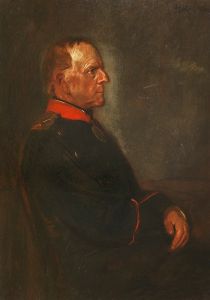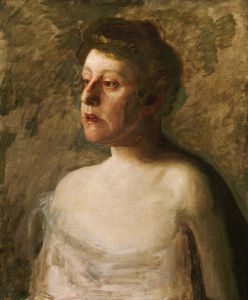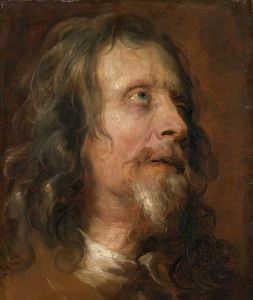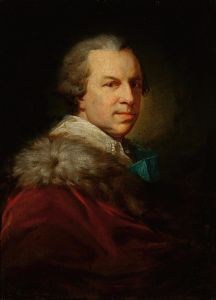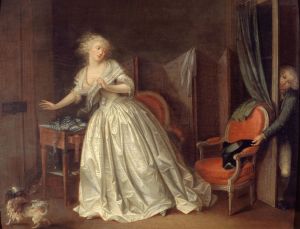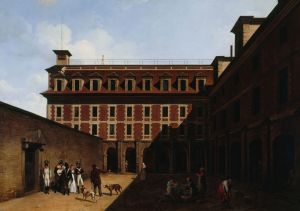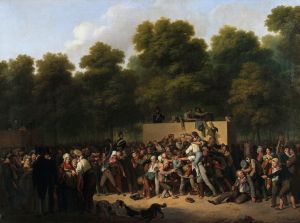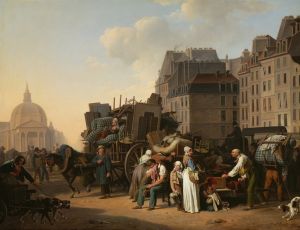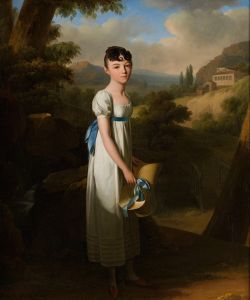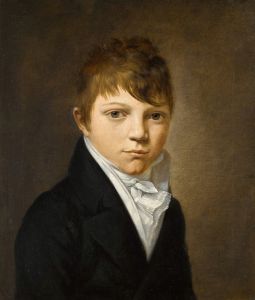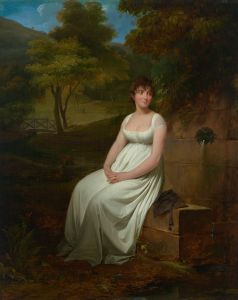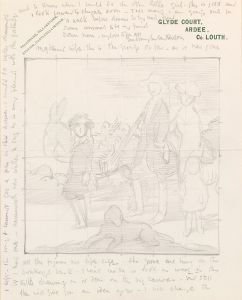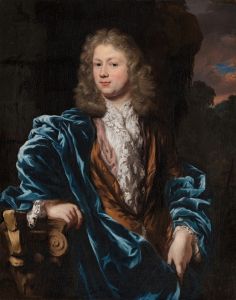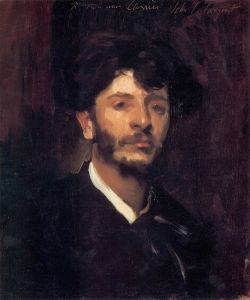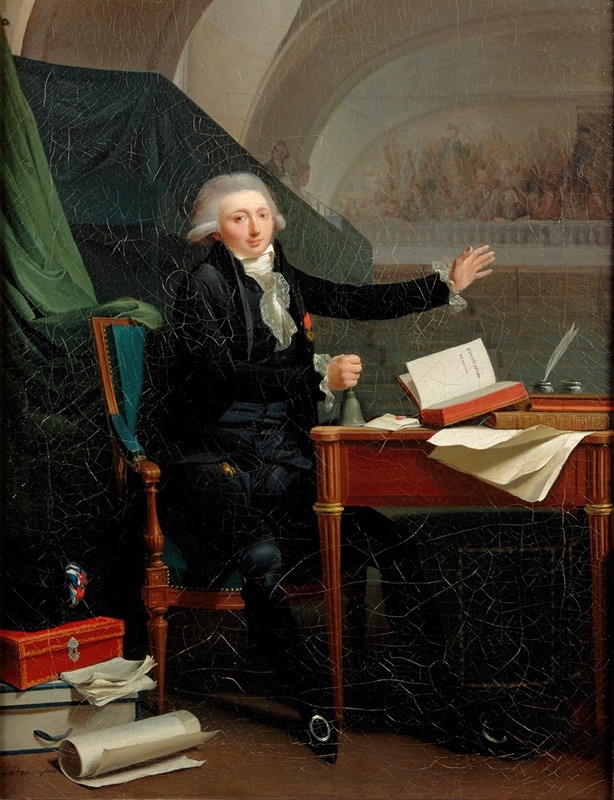
Portrait of Jan Anthony d’Averhoult
A hand-painted replica of Louis Léopold Boilly’s masterpiece Portrait of Jan Anthony d’Averhoult, meticulously crafted by professional artists to capture the true essence of the original. Each piece is created with museum-quality canvas and rare mineral pigments, carefully painted by experienced artists with delicate brushstrokes and rich, layered colors to perfectly recreate the texture of the original artwork. Unlike machine-printed reproductions, this hand-painted version brings the painting to life, infused with the artist’s emotions and skill in every stroke. Whether for personal collection or home decoration, it instantly elevates the artistic atmosphere of any space.
Louis Léopold Boilly's Portrait of Jan Anthony d’Averhoult is a notable example of the artist's skill in portraiture during the late 18th and early 19th centuries. Boilly (1761–1845) was a French painter renowned for his detailed and realistic depictions of individuals, as well as his genre scenes that captured the social life of his time. This particular work portrays Jan Anthony d’Averhoult, a Dutch politician and revolutionary figure.
Jan Anthony d’Averhoult (1746–1792) was a prominent figure in the political landscape of the Netherlands during a period of significant upheaval. He was a member of the Patriot movement, which sought to reduce the power of the stadtholder and promote democratic reforms. D’Averhoult later fled to France following the suppression of the Patriot movement by Prussian forces in 1787. In France, he became involved in the revolutionary activities of the time and was elected as a deputy to the French National Assembly, representing the department of Yonne. His political career was cut short when he died in 1792 under unclear circumstances.
Boilly's portrait of d’Averhoult is characteristic of his meticulous attention to detail and ability to capture the personality and status of his subjects. The painting likely dates to the early 1790s, during d’Averhoult's time in France. It reflects the neoclassical style prevalent in portraiture of the period, emphasizing clarity, balance, and a focus on the sitter's individuality. Boilly's use of light and shadow, as well as his precise rendering of textures, contributes to the lifelike quality of the work.
The portrait is an important historical artifact, as it not only represents the artistic achievements of Boilly but also serves as a visual record of a key figure in the revolutionary era. The painting is held in a public or private collection, though specific details about its current location or provenance are not widely documented.
No further information about the context or commission of the painting is available.





